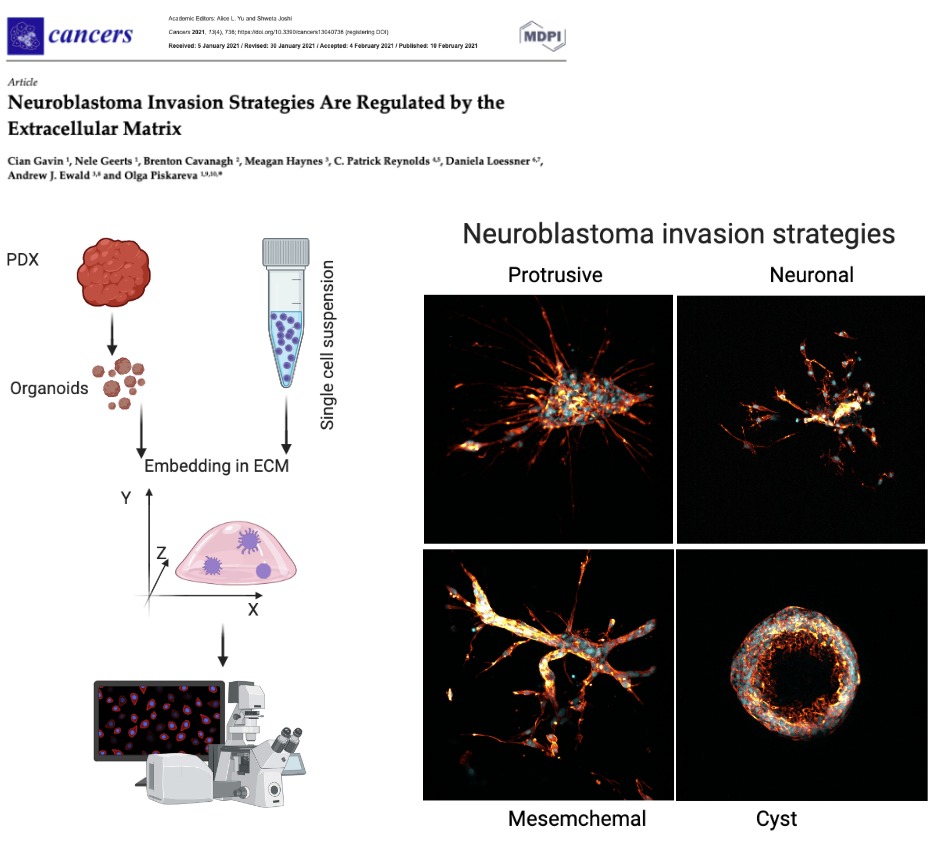Since I joined neuroblastoma research, I have been puzzled by the fact that half of the children with neuroblastoma have the disease spread at the time of diagnosis. It is still a puzzle whether cells spread and primary tumour growth happen simultaneously or more adventurous cancer cells escape the primary tumour location later.
At a cancer conference, I met Prof Ewald who studies this process in breast cancer. I was fascinated by the approach and started to look for opportunities to join his lab. To tell the truth, very few exist for mid-stage career scientists! One of them is the Fulbright program.
One day, I opened my email saying that I received a Fulbright-HRB Health Impact Scholar Award to travel to Johns Hopkins University and adapt their 3D models to learn how neuroblastoma spreads. It was a life-changing experience both personally and professionally. The amount of experimental data collected over 4 months of work did not fit a 1TB memory stick! Indeed, this short journey was just a start of a new research inquiry.
On my return home, the greatest task that remained was to make sense of every single experiment. Cian Gavin took over and spent almost a year systematising, characterising it, and placing it into a context. It was meticulous work with very little known about invasion strategies in neuroblastoma. Now, we are happy to share our findings published on Cancers.

Where do we go now? Well, our next step is to understand the cellular players behind neuroblastoma invasion and how we can target them to stop neuroblastoma spread. It won’t be a short and sweet journey, but we are ready for it!
This fantastic and rewarding work was supported by Fulbright Commission Ireland, National Children’s Research Centre, Health Research Board, Science Foundation Ireland, the National Institutes of Health/National Cancer Institute (Prof Ewald), Alex’s Lemonade Stand Foundation for the COG Childhood Cancer Repository (Prof Reynolds) and the National Institutes of Health/National Cancer Institute (Prof Reynolds).

